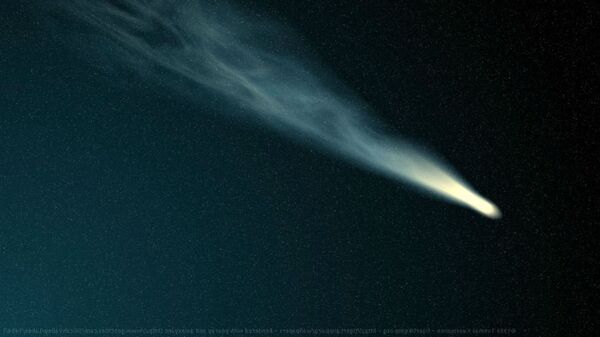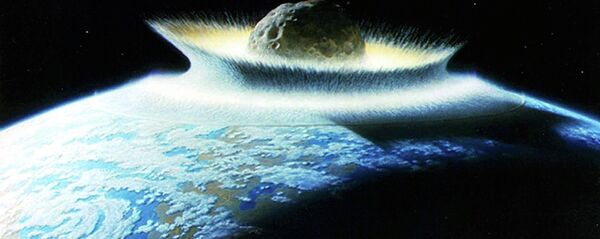Comet C/2016 U1 NEOWISE was discovered by NASA in October 2016 using the Near-Earth Object Wide-Field Infrared Survey Explorer (NEOWISE), a space telescope whose mission is to locate asteroids and comets in the vicinity of our planet.
NASA anticipates C/2016 U1 will be visible in the night sky with a "good pair of binoculars" in early January, according to Paul Chodas of NASA's Near-Earth Object Studies. "Although we can't be sure because a comet's brightness is notoriously unpredictable," Chodas clarified. C/2016 U1 likely has an orbit that takes it millions of years to complete, meaning it will probably be the only chance anyone alive will have to see it.
In December 2016 C/2016 U1 reached its closest approach to the Earth, at some 66-million miles, a very close pass by astronomical standards. Mars is between 140-250 million miles from Earth at any given time.
The mystery object, 2016 WF9, was detected by NEOWISE in November 2016. WF9 passes through the orbits of Jupiter, Mars, and Earth before swinging back around into the outer solar system. WF9 is an impressive 0.3-0.6 miles in diameter, making it one of the largest objects to come within striking distance of Earth in modern memory.
Astronomers are baffled as to whether WF9 is an asteroid or a comet. The near-Earth object does not reflect much light (as does a comet) but it also lacks a dust and gas tail (an asteroid by definition, has none). James Bauer, with NASA's Jet Propulsion Laboratory, said that the body "illustrates that the boundary between asteroids and comets is a blurry one; perhaps over time this object has lost the majority of the volatiles that linger on or just under its surface."
Although 2016 WF9 is moving toward Earth, NASA scientists say it will not come closer than some 32 million miles and is thus "not a threat to Earth for the foreseeable future." Because it does not reflect much light it is unlikely that WF9 will be visible without a very powerful telescope.



